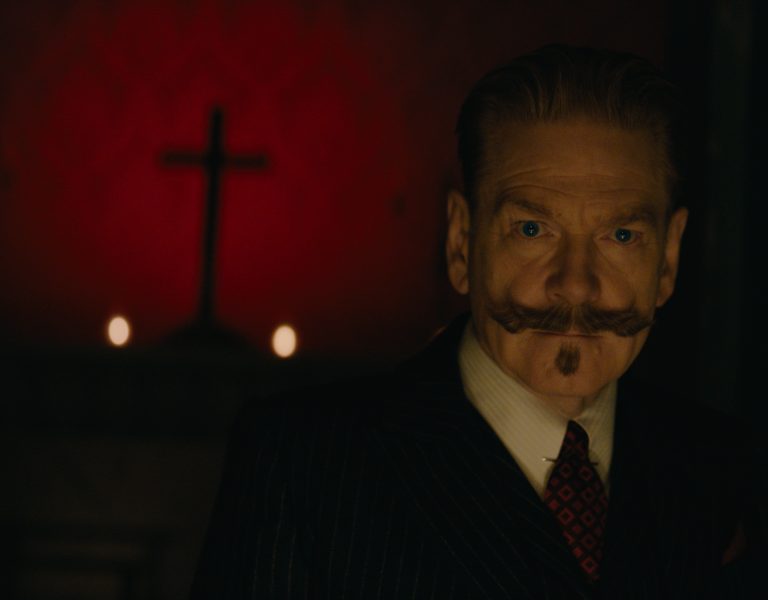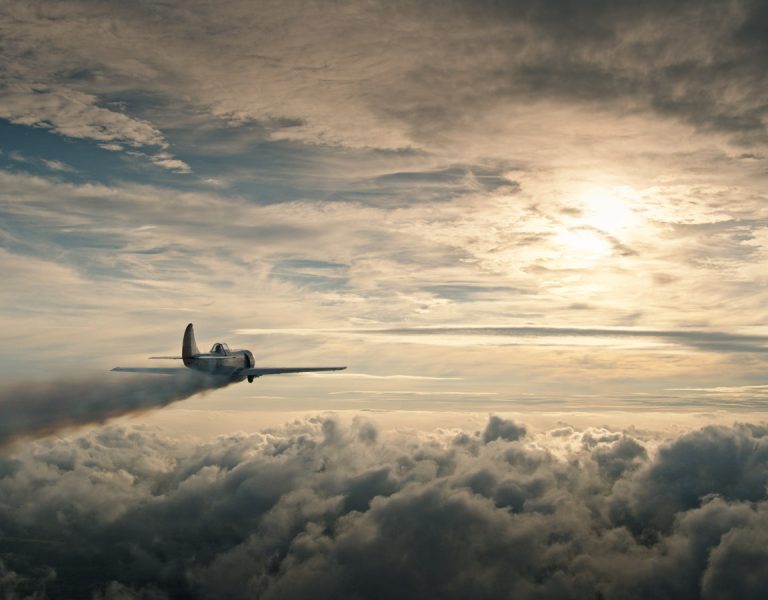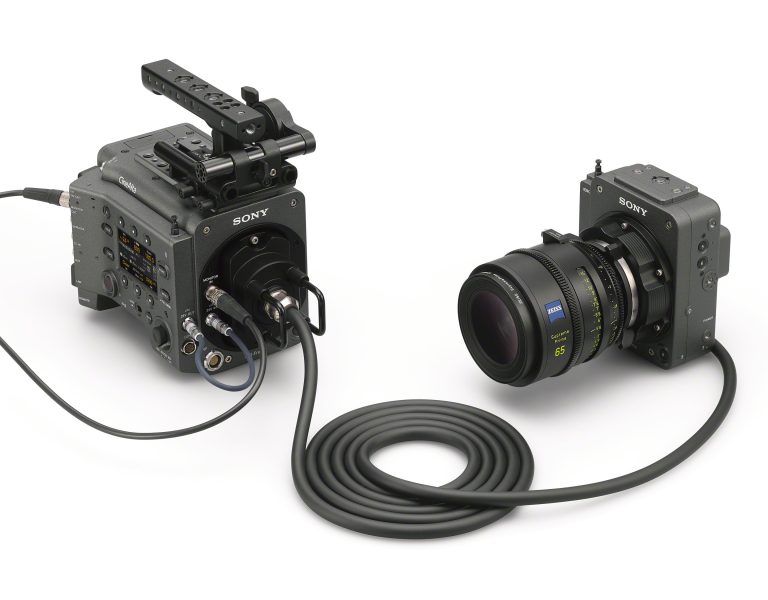IN THE DRIVING SEAT
Rialto brings many degrees of freedom to Gran Turismo.
Gran Turismo director of photography Jacques Jouffret ASC is no stranger to action. With a DP credit list that includes Tom Clancy’s Jack Ryan, The Purge series, and Mile 22, as well as several films operating Steadicam and camera for Michael Bay, the Paris-born cinematographer knows how to depict visceral action for a director. But it was also his experience with multi-camera shoots that attracted director Neill Blomkamp (District 9, Elysium).
“Neill was prepping another movie – not Gran Turismo – when a producer suggested my name,” recalls Jouffret. “After reading the script, I met him, and the interview went very well. A couple of weeks later, the producer told me the movie was temporarily shelved, but after another week, Neill came to me and said: ‘I’ve got this movie, Gran Turismo, let’s do it together.’ After I got the job, I realised very quickly that I wanted the Sony VENICE system for it.”

Game of life
Inspired by the real story of Jann Mardenborough, a gamer who became a professional race car driver, Gran Turismo follows Mardenborough (Archie Madekwe) as he passes through Nissan’s GT Academy to his first professional race at Nürburgring, and the consequent tournament at Le Mans. The film is packed with car racing sequences, so for a director with such strong VFX credentials, Blomkamp’s first direction requirement to Jouffret might seem risky.
“He did not want any VFX or CGI work. He wanted everything to be as real as possible,” says Jouffret. “He didn’t want to go the usual route, [shooting actors] in a car on a stage surrounded by green screen, with everything else done in CGI. He wanted a real car on a real track. He wanted the cameras in the car, and the actors in the car, and he didn’t want anything fake. It was all to be authentic.”
And there was not to be just one camera in the racing car, but three.
“Neill didn’t want the audience to be confused about what was going on,” he says. “There is a tendency, particularly with racing films, that you just have a car going around the track, going in circles, and you realise you don’t know who is leading. He wanted everybody at every second to know what was going on. So, we’d have the three cameras inside the cockpit, and we had other cameras on the track itself, on the ground, on the left and the right of the track. We wanted to give the editors a chance to do cuts from the camera on the left and then we’d get one back in the car on the right side of the line and vice versa. This way we were all always going in the same direction.”
There were also cameras on drones, on cranes and a Russian arm fixed to a Porsche, but to solve the problem of placing cameras within a race car Jouffret took inspiration from another stunt-heavy film.
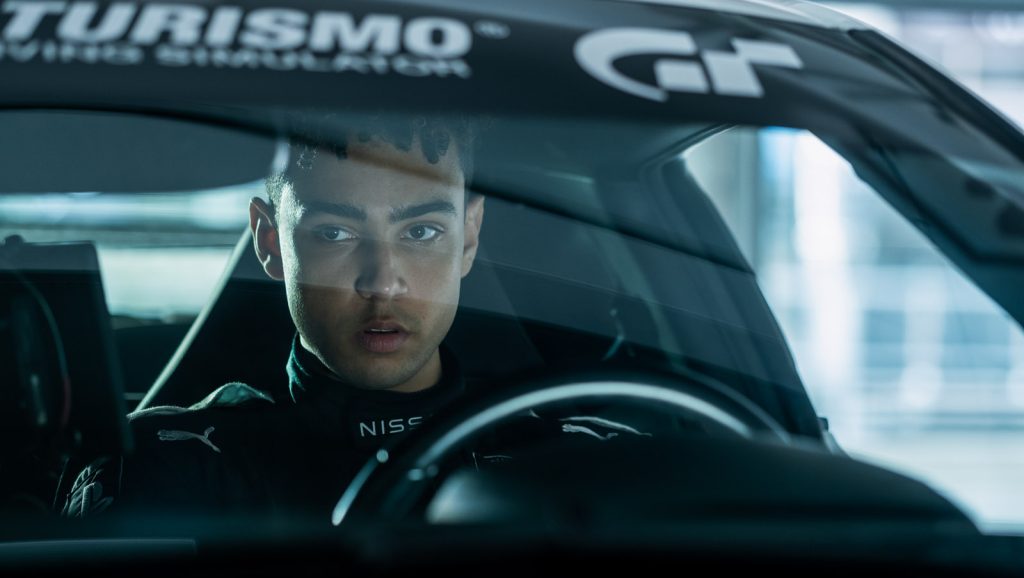
“For Gran Turismo, I realised very quickly that I was very much in the same world as Top Gun: Maverick [2022 film, lensed by Claudio Miranda ASC ACC],” he says. “He had a small cockpit on an F-18, up at 30,000ft, and I’ve got a cockpit that is extremely small in a car that is going 200 miles an hour. Claudio is a good friend of mine, and I knew what he’d done.”
The secret sauce behind Miranda’s incredible Top Gun footage was the Sony Rialto Camera Extension System, which he used to deploy six VENICE cameras inside the cockpits of the fighter planes. Rialto enables cabled separation of the VENICE camera body and image sensor block by up to 12m with no degradation in image quality.
“It then became obvious what was the best way to go about it,” says Jouffret. “I was able with the Rialto mode to put three cameras inside the cockpit – one in front of the actor and two on the sides – and have the recorder portion of the cameras either outside or in the back of the car. Sometimes I would put in a fourth camera, particularly on the Nissan GT-R car [a two-seater], where I had a camera operator on the passenger seat shooting the profile shot.”
With all the kit provided by Panavision UK, the Rialto and VENICE units stood up to the pressure of the real-time race. “They were wonderful. We had absolutely no issues whatsoever,” says Jouffret. “Inside the car, we had Leica Summilux lenses, which are very small, but I needed them because it’s a very small space.
“We would start the cameras as the car went on the track, but we only had a small window of control [when the car was near the pit lane], so every time the car passed in front of the pit lane, we had a small chance to change things,” continues Jouffret. “If the weather changed, once the car went by us, we would get out to see if we could change the exposure quickly.”
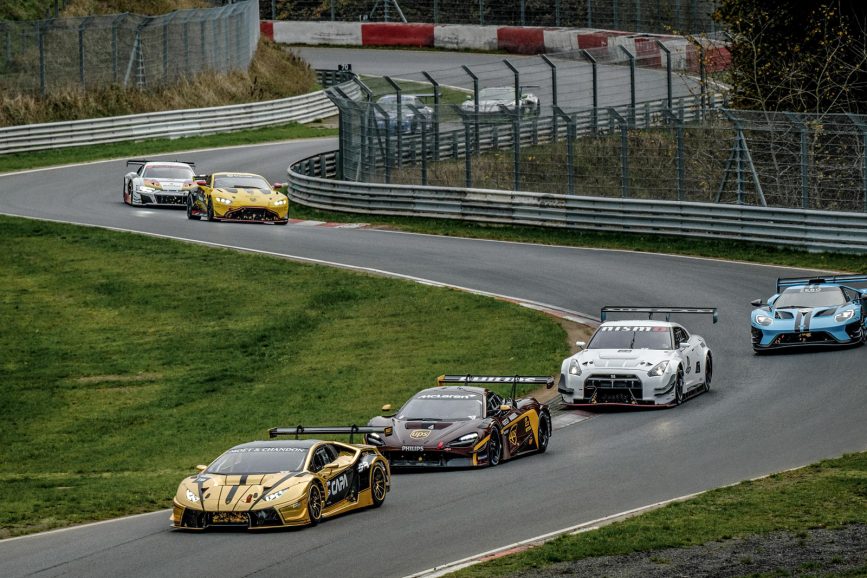
Cloud cover and tree positions relative to the car – and thus the light – would change constantly, but the Rialto supports third-party control systems. “We had two different systems: an ARRI cmotion system and a Preston Cinema System. The tracking vehicle had its own set-up, with a cmotion system that we could control a little bit longer, but I had very little control of the three cameras inside the car,” he explains. “I knew that I was not going to have control of the iris on the track, so what was most important to me for Gran Turismo was the dynamic range of the camera we used,” he continues. “When it goes very dark or very bright, I’d want to keep all the information in the highlights and in the shadows. It’s very much like using old school film stock: let’s expose halfway, cross our fingers and hope for the best.
“There was a constant balancing between the exterior and the interior, working out what the weather was like here, as well as a mile away, but more important was the question if I should ND the windows or not,” he continues. “That decision was critical because it takes an hour just to do that: the windshields are curved, so it’s not just a case of applying tape.”
In the end, the windows were covered. “There is too much difference between the exposure inside and the outside – we did not want the outside to be completely overexposed.”
The VENICE coped with this workflow, however. “The VENICE was fantastic and just did an incredible job,” Jouffret says. “Before this movie, I was a bit concerned about the original Sony VENICE because being a 500 ISO native camera we’d need to use quite a bit more light. But then the Sony VENICE 2 came out, rated at 800 ISO and it was a no-brainer. On top of that, Sony was amazingly helpful by providing me with the Rialto for the Sony VENICE 2 via Panavision. It helped me tremendously.”
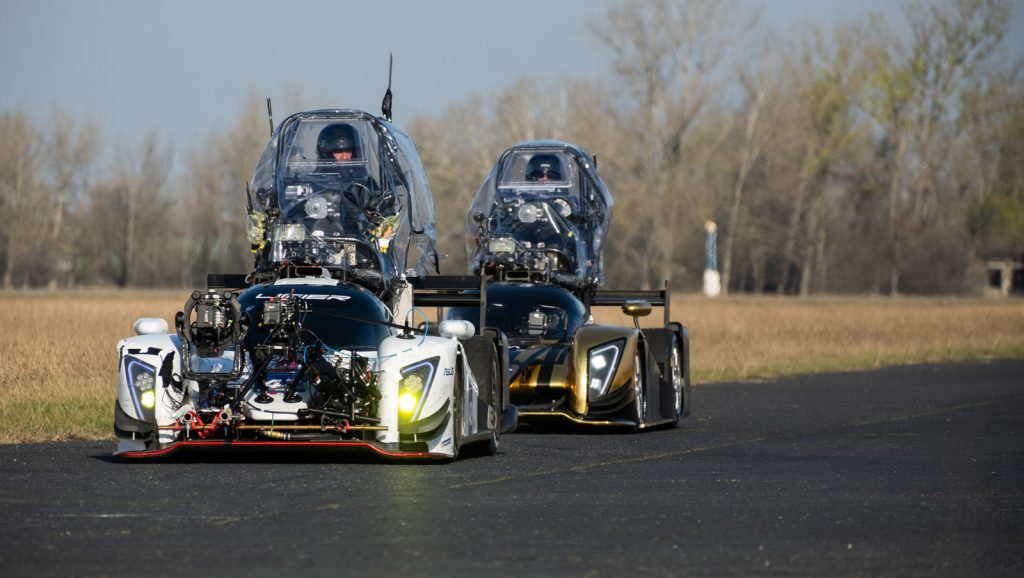
Keeping it moving
Flexible lighting and movement were key to Jouffret giving freedom to Blomkamp and the actors.
“For all the narrative scenes, [Mardenborough’s] family scenes, and the introduction scenes of our characters in their home environments, we used standard three-point lighting, with lots of ability to control it,” he says. “But for things taking place in the pit box and pit lane, where there is an enormous amount of movement, my gaffer [Nathan Rigaud] and I had to have a plan [for all eventualities].”
Jouffret realised that a real car going around the track would cause issues with continuity and filming. “Once those cars start going, you can’t just stop them and say, ‘go back to point one, let’s redo that track shot’. We needed to get as much footage as possible when they were on the track.”
For example, one scene had to follow the character Jack Salter (David Harbour) who starts at a pit perch talking to the driver and then walks across the track to the pit lane to talk with Danny Moore (Orlando Bloom), and back across the track to the pit perch. While he’s doing that, there’s a car coming in for refuelling or mechanical reasons.
“From a logistics standpoint, it was extremely difficult, but my work as a camera operator with Michael Bay helped,” says Jouffret. “I did five movies with Michael, and he used multiple cameras a lot. I learned a lot from that experience; how you place those cameras in a way that makes sense, so that you’re not ending up with cameras that look at each other and so forth. That experience was critical for me to be able to work on this project.
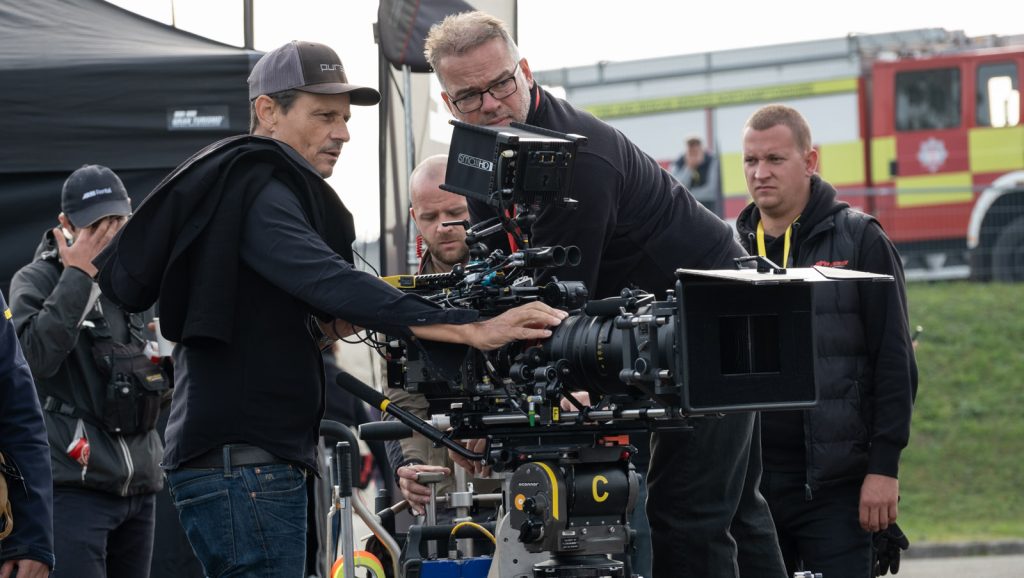
“Shooting this way informed the lighting – instead of lighting the character’s face, we’d light the location first and make sure we have a proper exposure, make sure you are there for the actor. You may not know where exactly he or she is going, but you can guess,” he continues. “My gaffer and my lighting team were always on the spot, with an electrician in place on the comms just in case we got in trouble. We were constantly talking to each other.
“Doing it this way I had to find a way to hide the lights, but it also informed the camera placement,” Jouffret continues. “We had a handheld camera following David Harbour, always keeping it on the right side of the line and knowing that if he goes into that pit perch, then we had to go a little bit ahead of him to force him to be on that side of the line.”
Luckily the Rialto allows the VENICE to be used in handheld mode, with the main unit in a stabiliser rig on the back of the camera operator and the sensor extension held in front.
“Tom Wilkinson [ACO Assoc. BSC] was my A camera operator, and Leo Oliver was my first AC who did the incredible job of organising all of that,” says Jouffret. “I’d worked with this team before on Jack Ryan, so we knew each other very well. I could not have done it without them.
“Neill had all this on the monitors, where it would work like a play – he could see when one character was leaving one frame to enter another camera frame and then he could make decisions [on what they should do],” he continues. “It was an eye-opener for him to work this way, to let me place all the cameras and then see what would happen. With cars coming in and characters going over to talk to them, we were catching all those moments that you can’t really plan for. He didn’t want the movie to look staged, and it didn’t.”
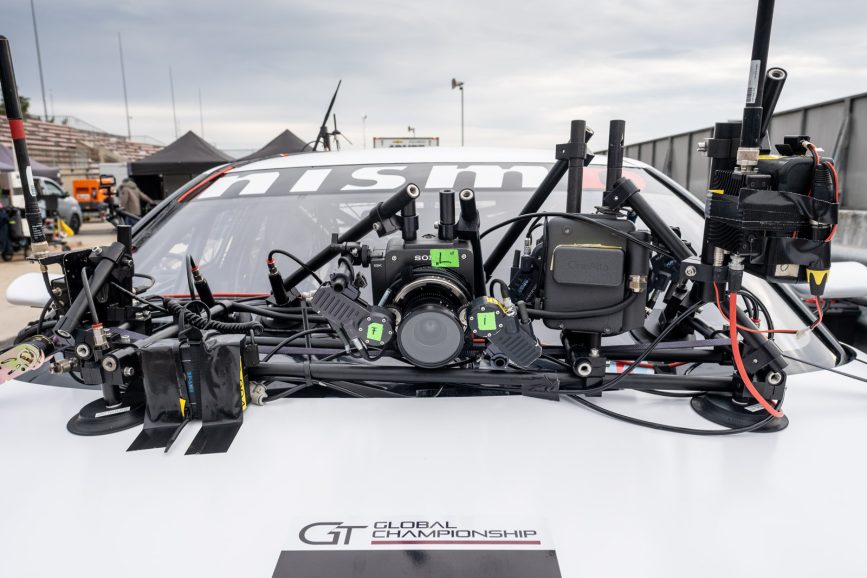
Combination bet
“I’d worked with the Sony VENICE and Rialto on a prior project,” says Jouffret. “I love the camera. I love the sensor, I love the colour saturation. But the fact that there’s very little space in the cockpit of a racing car, the need for wide dynamic range and handheld shooting, combined with the need to get as much footage as possible all at once, all informed the decision to go with the Sony VENICE 2 and the Rialto as our main camera for Gran Turismo.”
Find out more here.
–
Words: Michael Burns






